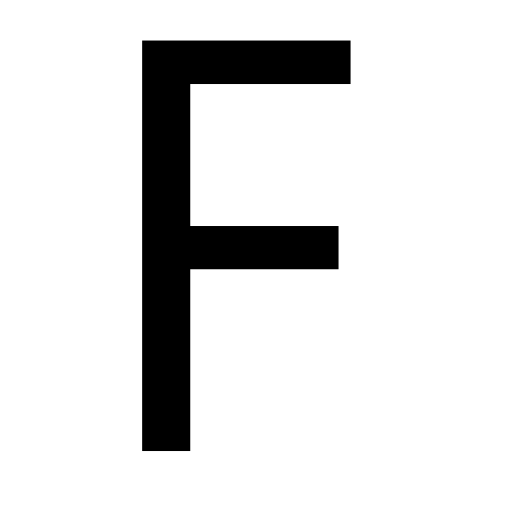
23 Nov The Zakopane Maccabi Winter Games, Polnad 1933 – A Unique Historic Poster from a Vanishing World
The Zakopane Maccabi Winter Games, 1933 – A Unique Historic Poster from the Final Bright Moment of Jewish Europe
This extraordinarily rare poster, created for the 1st Winter Maccabiah (Pierwsza Zimowa Makabiada) held in Zakopane, Poland, on February 2–5, 1933, is an exceptional visual record from a world on the brink of destruction.
The opening ceremony took place only two days after Adolf Hitler was appointed Chancellor of Germany on January 30, 1933 — a tragic and chilling coincidence that marks this event as one of the last expressions of Jewish cultural pride in Europe before the darkness of Nazi antisemitism began to spread.
Many of the proud Jewish athletes who marched in the snow that week would later perish in the Holocaust.
This poster is thus a surviving witness to a vanished world.
Origins of the Maccabi Movement – Strength, Identity, and Jewish Revival
Founded in the late 19th century, the Maccabi movement aimed to reshape Jewish identity by encouraging physical strength, unity, and national pride.
Following the overwhelming success of the 1st Maccabiah in Palestine in 1932, interest in Jewish athletic competitions surged across Europe.
The Polish Maccabi Federation — the strongest branch of the Maccabi World Union in the 1930s, boasting over 30,000 Jewish athletes — took the lead in organizing the first Winter Maccabiah.
Challenges, Opposition, and Antisemitism
Despite the enthusiasm among Jewish communities, the Games were met with significant antisemitic resistance.
The nationalist newspaper Gazeta Warszawska openly called on Polish youth to “intervene and stop the Jewification of Polish winter sports venues” — a stark example of the hostile environment in which Jewish athletes were attempting to build a normal sporting life.
The Winter Maccabiah thus stands not only as a sporting event but also as a cultural act of defiance and resilience.
Preparation and Organization – Bringing the Games to Life
Choosing Zakopane was a strategic decision. As Poland’s premier winter sports center, it offered world-class ski jumps, rinks, slopes, and facilities suitable for international competitions.
Preparations Included:
-
Coordinating delegations across Central and Eastern Europe
-
Training camps for Jewish athletes
-
Building and grooming ski trails and jumps
-
Producing official uniforms, flags, and insignia
-
Printing promotional materials — including this unique surviving poster
-
Securing housing and transportation for teams
The preparations showcased the impressive organizational capacity of Jewish communities across Europe.
Opening Ceremony – February 2, 1933
The Opening Ceremony took place at the Zakopane Stadium.
Jewish delegations marched with flags, Hebrew songs were sung, and speeches expressed pride, unity, and hope.
Lord Melchett, honorary president of the World Maccabi Organization, did not attend in person but sent his blessing accompanied by a symbolic statue representing Jewish resistance to antisemitism throughout the ages.
The ceremony was a declaration of Jewish vitality — only hours after the rise of a regime that sought to eradicate Jewish life from Europe.
Participating Communities
Eight Jewish communities took part in the Games, representing Poland, Austria, Czechoslovakia, Hungary, Romania, and additional European centers.
Notably, no delegation from Eretz Yisrael participated — a reminder that the Winter Maccabiah, unlike the Summer Games, was primarily a European Jewish initiative.
The diversity of languages heard in Zakopane — Polish, German, Hungarian, Czech, Romanian, Yiddish, and Hebrew — created a unique atmosphere of cross-European Jewish unity.
What Happened at the Games – Competitions and Events
The competitions included:
-
Alpine Skiing (downhill, slalom)
-
Nordic Skiing (long-distance cross-country)
-
Ski Jumping
-
Figure Skating
-
Ice Hockey
-
Snow trekking and endurance events
The slopes of Zakopane were filled with cheering Jewish supporters, waving flags and celebrating the strength and vitality of Jewish youth.
Cultural Events
Alongside the competitions:
-
Dances and cultural evenings were held at the local Maccabi House
-
Lectures on Zionism
-
Shabbat gatherings
-
Musical performances by Jewish artists
It was both a sporting festival and a celebration of Jewish cultural identity.
The Historical Turning Point – Hitler’s Rise to Power
While the Games were taking place, Germany entered a new era of dictatorship.
With Hitler’s rise, Jewish participation in German sports would soon be outlawed, and antisemitic measures spread rapidly across Europe.
Tragically, many of the athletes who competed in Zakopane would later be murdered during the Holocaust.
The 1933 Winter Maccabiah thus stands as the last large-scale Jewish winter sporting event before the destruction of European Jewry.
Artistic Description – A Modernist Jewish Masterpiece
The poster, the only known surviving copy, exemplifies interwar European modernism:
-
A dynamic ski jumper leaping upward
-
Bold contrasts of red, blue, and yellow
-
Geometric Bauhaus-inspired typography
-
Hebrew lettering fused with European avant-garde design
-
A Star of David marked with the Hebrew word “Koach” (“Strength”)
-
Flags of the participating nations
It is a graphic celebration of Jewish pride and athleticism in a moment of rising danger.
Unmatched Rarity – A One-of-a-Kind Surviving Artifact
Extensive research confirms that no other copy of this poster exists in any museum, archive, institution, or private collection worldwide.
It is unique — a one-of-one survivor from an erased world.
Conclusion – A Final Glimpse of a Lost World
The 1933 Zakopane Winter Maccabiah represents:
-
Jewish unity and organizational strength
-
Cultural resilience in the face of hostility
-
A proud declaration of Jewish life and identity
-
A tragic historical echo — many of its participants were later killed in the Holocaust
This poster is not just a collectible artifact.
It is a rare, emotional, and irreplaceable testimony to the final vibrant moment of European Jewish life before its destruction.




Sorry, the comment form is closed at this time.